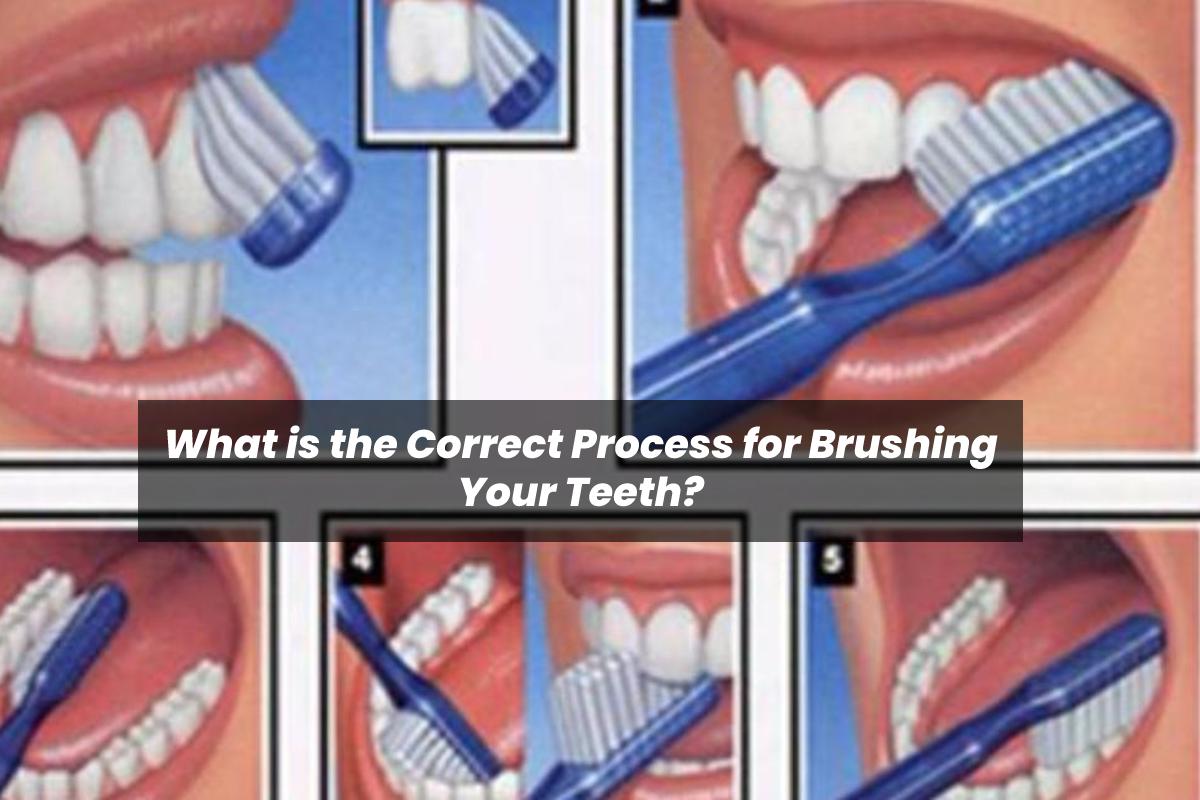Brushing Your Teeth – Are you brushing your teeth correctly? Bacteria and germs build up along your gumline every time you eat or drink. Brushing effectively is the best way to rid yourself of potential dental damage. Here is how to brush your teeth the correct way.
Keeping your teeth and gums healthy is an important part of maintaining everyday health. When you don’t brush, you suffer bad breath and bacterial build up. This can lead to tooth loss and gum disease. The bones in your jaw can recede, causing further issues on the gumline. Bad dental health means bad overall health, so it is important to clean your teeth properly, twice a day.
Table of Contents
What Happens When You Don’t Brush Your Teeth
If you wish to run the gauntlet, you can skip out on brushing and go straight to the dentist. When you don’t brush or clean your teeth, you risk gum disease. This is when plaque becomes trapped below your gumline, right in at the bottom of your teeth. This layers and layers, building up until it greats gaps between your teeth and your gums. This allows bacteria and plaque to get under the gums, causing disease and tooth loss.
How Often should You Brush Your Teeth?
Dental Krafts, experts in teeth cleaning, recommend brushing your teeth twice daily for about two minutes with an electric toothbrush. They also recommend a professional cleaning every 6 months. This reduces the risk of heart disease, minimizes potential for oral cancers, and protects against complications from diabetes.
How Do You Brush Your Teeth Correctly?
Brushing your teeth correctly rids them of the plaque that causes all the health problems. Breaking the teeth cleaning process down into steps could help you maintain a high standard of cleanliness in your teeth and gums.
- Start with a pea sized amount of toothpaste on your brush
- Gently apply the toothbrush to the outer surfaces of the top and then the bottom teeth
- Use a gentle massaging motion if you don’t have an electric toothbrush
- Be soft – hard brushing can be abrasive and damaging
- Tilt the brush to a 45o angle and brush the gumline
- Brush the inside of your teeth and then the surface where they chew
- Brush your tongue to remove bad breath bacteria
- Use interdental brushes or floss to remove the last of the debris from the teeth
What You Shouldn’t Do After Brushing Your Teeth
Once you are finished, don’t rinse your mouth out with water. This will remove the toothpaste, which is still working on your teeth. Some dentists suggest skipping mouthwash to let the toothpaste work. You can use mouthwash around lunchtime to freshen up.
What Happens During a Professional Teeth Cleaning?
When you see a dentist for teeth cleaning, they will invite you to recline in the chair. They will perform a scrape and polish. This process involves removing any damaging trapped plaque from your gumline. Next, they will apply a thick paste and polish the teeth until they are clean. This process should take place every 6 months or more.

